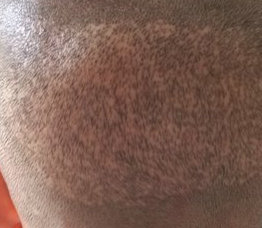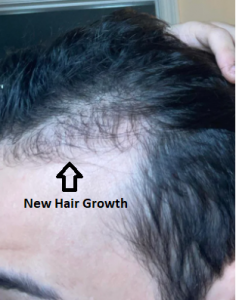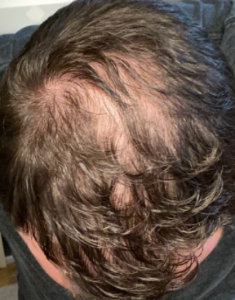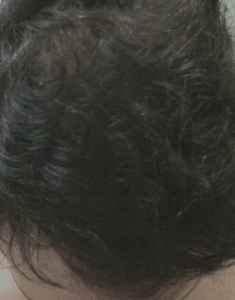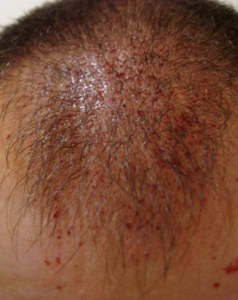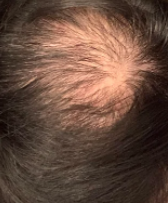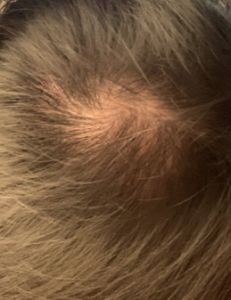The picture shows heavy donor site depletion suggesting that the 2,500 grafts you had were too many for your donor area density. This suggests that you had a lower original donor density prior to your original FUE and any more FUEs taken from your donor area will make you look balder in the back of the head. A strip surgery is an option but this is something that you and your doctor need to discuss. You might consider a strip surgery for more grafting.
See here for the limits for FUE surgery defined in one of my previous post in the Hair Transplant Forum: https://baldingblog.com/2017/07/21/many-fue-grafts-many-fues-grafts-one-know-safe-limits/

